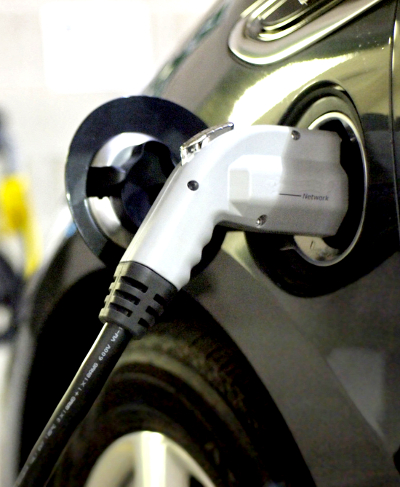EV discharge tested
 Electric vehicles (EVs) can provide critical backup power to the grid during blackouts and emergencies.
Electric vehicles (EVs) can provide critical backup power to the grid during blackouts and emergencies.
A recent initiative, part of the Realising Electric Vehicles to Grid Services (REVS) trial, showcased how EVs can be utilised to enhance the stability of the national electricity market.
On 13 February, severe winds downed a transmission line in Victoria, leading to the shutdown of the state’s largest power station and causing power outages for 90,000 households.
In response, 16 electric vehicles in Canberra, 500km away, began discharging their batteries within six seconds, feeding power back into the grid.
During the trial, EVs used modified chargers capable of both charging and discharging power.
When the transmission line failed, the 16 EVs plugged into six sites discharged at a rate of 5 kilowatts each for 10 minutes.
However, the experiment also revealed a potential issue: only nine of the 16 vehicles resumed charging after 10 minutes. This unexpected switchback to charging could have compromised the power system if scaled up.
Although the contribution was small compared to the scale of the outage, this pioneering experiment demonstrated the feasibility of using EVs to support the grid in times of crisis.
The REVS trial by the ACT Government, involved 51 Nissan Leafs to assess the capability of EVs in managing the national electricity market.
This experiment is the first of its kind to have vehicles respond to an emergency, marking a significant milestone in the integration of renewable energy solutions into the grid.
The increasing adoption of EVs in Australia is likely to support the initiative.
The number of EVs sold in Australia exceeded 50,000 in the first half of 2024, a 16.5 per cent increase from the previous year, and is on track to reach 100,000 annual sales for the first time. EVs not represent.
The Australian Energy Market Operator (AEMO) is also optimistic about the rise in EV adoption, projecting that EVs will constitute 63 per cent to 97 per cent of the market by 2050, driven by decreasing costs and increased model availability.
This growth will likely include more models with vehicle-to-grid capabilities, as manufacturers become assured that battery warranties will not be significantly impacted by these additional uses.
Jon Sibley, director of the energy consultancy enX, says standards need to be established to support vehicle-to-grid connectivity.
“We’ve been able to do vehicle-to-grid for some time but we haven’t had the sort of standards to support that,” he said.








 Print
Print